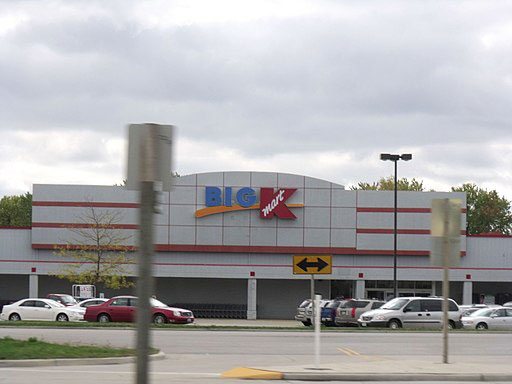
August 2, 2017; Education Week
In many communities, the announcement of a new business opening makes headlines—and the bigger the business, the better. New businesses should mean good news for local schools and other municipal elements that rely on property taxes, as well as the nonprofit organizations that will see an enriched populace and probably some pittance of company philanthropy. On the other hand, a bigger business may come with big demands for special consideration and tax breaks that can not only obliterate their community benefit but create serious losses.
Education Week illustrated how some “big box” retailers can pose a threat to local community services. With stores often exceeding 100,000 square feet, these behemoths replace local merchants in their market. Accordingly, how they get taxed carries great weight for the quality of services in their communities. The owners of these stores have been actively challenging how the value of their property is assessed, and where they have gotten traction, their lower tax bills have shifted the burden for supporting local schools and public services to small business owners and homeowners.
The traditional way to assess property considers the optimal way it could be utilized to determine its underlying value—its “best and highest” use. But the owners of big box businesses have challenged this approach as unfair. Instead, they’ve called for their property to be appraised at the same value whether the store is open and operating or permanently closed. This, as described by Glenn Hegar, the Texas Comptroller of Public Accounts, writing for the Austin American-Statesman, is “dark store” theory.
According to Ed Week, dark store “proponents argue these locations are difficult to sell because they have little appeal to subsequent buyers. And it’s true that after a big box store has operated and made profits for some years, they sometimes close and sit vacant for months or years before the building is repurposed or just torn down. The trouble is, the stores claim, these buildings are built for specific retail operations and aren’t easily adaptable to other uses. And the owners, moreover, generally refuse to sell or lease closed locations to their rivals, which is why you’ll never see a closed Lowe’s reopen as a Home Depot.”
Much to the detriment of local governments, particularly in already struggling Rust Belt states, they are winning this argument.
Sign up for our free newsletters
Subscribe to NPQ's newsletters to have our top stories delivered directly to your inbox.
By signing up, you agree to our privacy policy and terms of use, and to receive messages from NPQ and our partners.
In Michigan, Indiana, and Wisconsin, millions of dollars in revenue have already been lost to dark store arguments, according to studies conducted by associations that represent city and county governments in those states. Those costs stem from expensive court battles, losing out on future tax revenue when retailers successfully appeal, and in some cases, reimbursing retailers for higher property taxes paid in previous years.
Donna VanderVries, an attorney and appraiser who is the equalization director for Muskegon County, Michigan, told EdWeek, “This really is an issue about these stores paying their fair share of taxes…We are charged with uniform and equitable assessment. To carve out a special niche for these stores goes against that responsibility to the public.”
Steve Paul, a lawyer who represents big box owners in cases like these, offered another perspective. “This is a difficult issue, as it could mean a significant revenue loss for one of the parties. But you must ask yourself if you want to drive businesses out of the area because taxes are too high. Then you’re going have a lot of ‘dark’ stores in the community, with much less or even no tax revenue really coming in.”
The difference for a community can be significant. One 18.7-acre site was assessed by the local assessor as being worth more than $12 million. Using the dark store approach, its owner claimed it was worth only $5.8 million. At the lower valuation, the owner’s tax bill would decrease by more than half; it will not only pay less going forward, but it will be owed a refund for taxes already paid. The impact on cash-starved governments can be significant, and the trickle-down effect on nonprofit organizations that may be called upon to pick up the slack can be great as well.
The use of creative assessment theories is just one of the tactics used by businesses to shift responsibility for community services to others. It becomes another area of concern for local officials as they try to protect the interests of their community. It raises the stakes in accurately weighing if a new business’s investment in a community is going to be the golden goose its advocates market it to be.—Martin Levine













